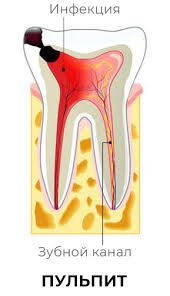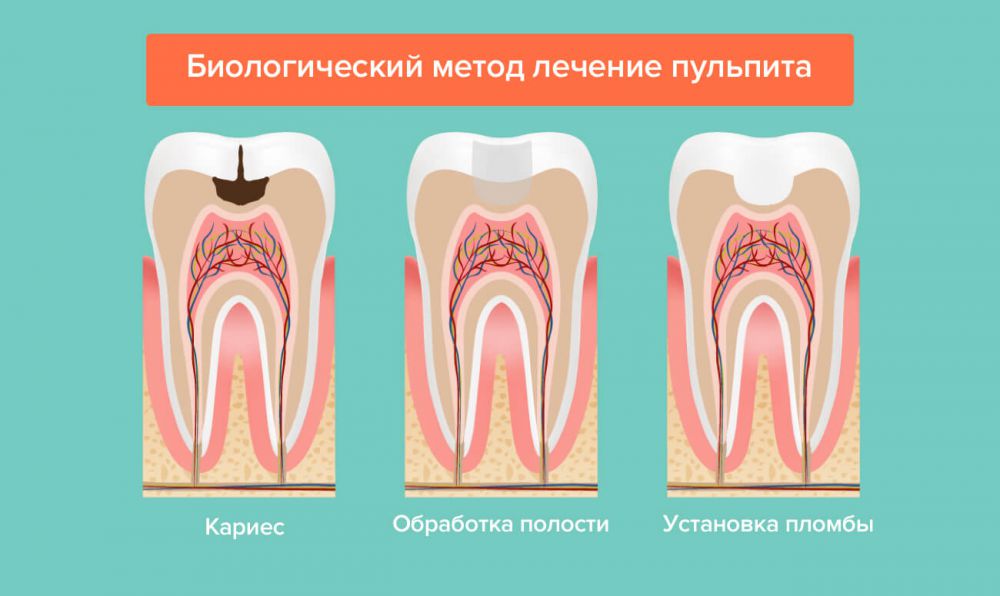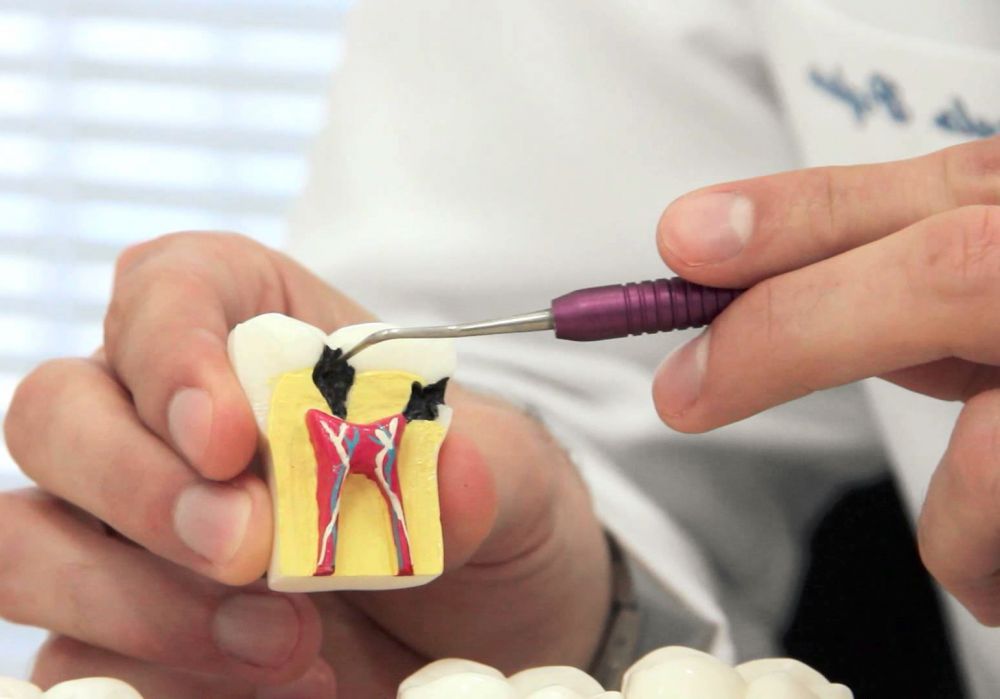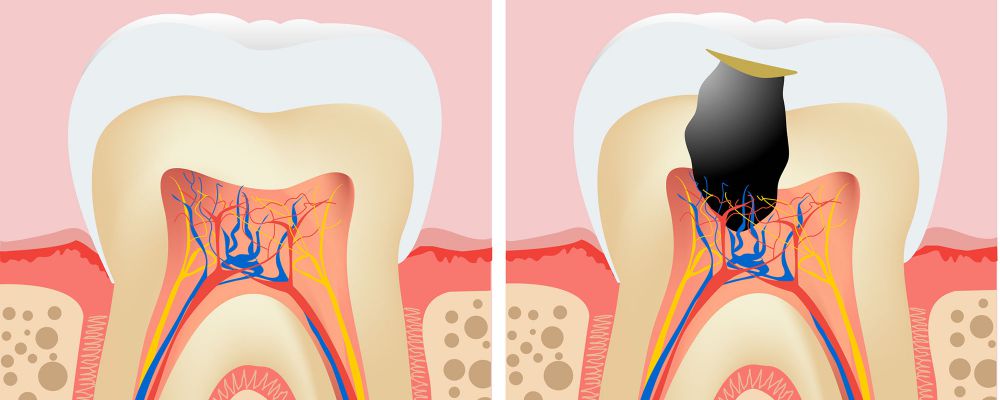Pulpitis Causes, treatment in Torrevieja

Treatment of pulpitis in Torrevieja
Table of Contents:
Causes of pulpitis
Pulpitis treatment
Can pulpitis be treated at home?
What to do after pulpitis treatment
Recommendations after root canal treatment
This procedure also has common colloquial names: "nerve removal", "canal treatment", "root canal treatment".
Causes of pulpitis
This procedure is usually performed when there is inflammation of the vascular-nerve bundle inside the tooth - pulpitis.
In this case, the patient feels pain, which can be both acute and severe ("climbing the walls"), and periodic dull pain ("aches as if stretching, itching”, “will hurt and then stop hurting”). It is very often prolonged from cold or at night.
The most common cause of pulpitis is untreated caries. Bacteria from the carious cavity penetrate inside the tooth as it enlarges, causing inflammation and pain. Pulpitis is also possible, for example, with trauma and some other conditions.
Pulpitis treatment can only be performed by a dentist.
Such treatment is usually performed in one to two visits and consists in strictly following a certain sequence of actions:
- First, after administering local anesthesia, the doctor isolates the tooth with a special latex sheet - rubber dam. This is necessary so that saliva full of bacteria does not enter the tooth during treatment.
- Secondly, the doctor accesses the root canals, removes the affected tissues and treats the canals with special rotary mechanical instruments.
- Thirdly, the doctor thoroughly disinfects the root canals with antiseptic solutions using ultrasound. These solutions for proper treatment should remain inside the tooth for at least 40 minutes, so this treatment takes a long time.
- And fourth, the doctor fills the root canals with a sealing material to ensure a stable long-term result.
Previously, root canals were filled with a paste based on the resorcinol-formaldehyde method, which gave the teeth a brown or pink tint. This method has been banned in Spain due to its toxicity and carcinogenicity. The paste based on zinc and eugenol has also become obsolete.
In our clinic, when treating pulpitis, we use the "gold standard" of modern endodontics - mechanical canal preparation, gutta-percha and resin sealers for obturation.
In addition, we use a dental microscope, which significantly improves the quality of treatment. It allows finding all the canals, seeing areas not accessible to the human eye.
Can pulpitis be left untreated or treated at home? No!
You can take pain relievers, rinse with solutions, use folk methods, and the pain may even go away, but it will only relieve the symptoms! And the bacteria will remain inside the tooth. And after a while, they will begin to spread beyond the root into the surrounding tissues, into the bone. And inflammation of these tissues will begin - periodontitis ("cyst").
What to do after pulpitis treatment?
After root canal treatment, a temporary or permanent filling is usually placed. But the tooth becomes brittle and prone to rapid destruction, chipping, fractures. Therefore, after endodontic treatment, the tooth must be covered with a crown or veneer.
And subsequently, it is necessary to visit every 6 months for preventive examinations to monitor the dynamics of the state.
Recommendations after root canal treatment. Read here
We invite residents of Torrevieja, La Mata, Elche, Murcia, Alicante and other cities of the Costa Blanca and Valencia region to visit our clinic or call phone. CALL: +(34) 638 893 141 Appointments by appointment.
Contact Information:
| Torrevieja, Pasaje Pais Vasco, edificio 1 local 4 | |
| +(34) 638 893 141 | |
| +(34) 638 893 141 | |
| apdenta@gmail.com | |
| Working hours: Mon - Fri: from 10:00 to 20:00 |




